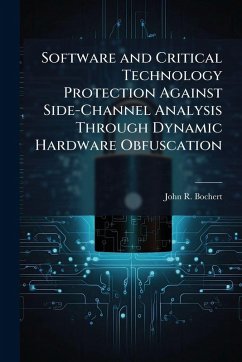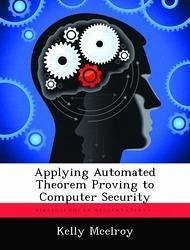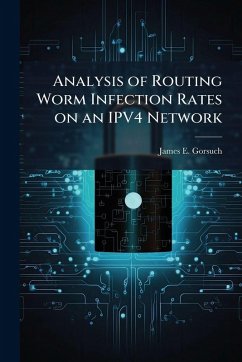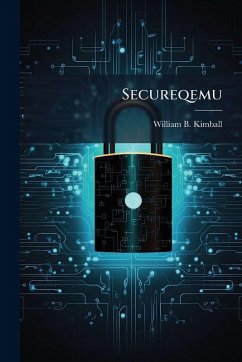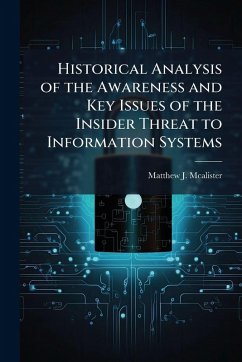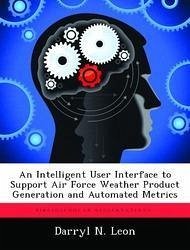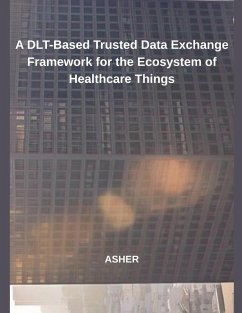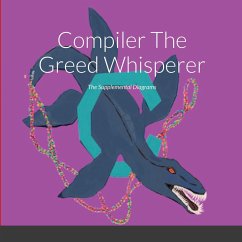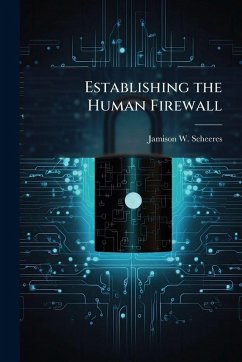
Automated Analysis of ARM Binaries Using the Low-Level Virtual Machine Compiler Framework
Versandkostenfrei!
Versandfertig in über 4 Wochen
17,99 €
inkl. MwSt.
Weitere Ausgaben:

PAYBACK Punkte
9 °P sammeln!
Binary program analysis is a critical capability for offensive and defensive operations in Cyberspace. However, many current techniques are ineffective or time-consuming and few tools can analyze code compiled for embedded processors such as those used in network interface cards, control systems and mobile phones. This research designs and implements a binary analysis system, called the Architecture-independent Binary Abstracting Code Analysis System (ABACAS), which reverses the normal program compilation process, lifting binary machine code to the Low-Level Virtual Machine (LLVM) compiler's i...
Binary program analysis is a critical capability for offensive and defensive operations in Cyberspace. However, many current techniques are ineffective or time-consuming and few tools can analyze code compiled for embedded processors such as those used in network interface cards, control systems and mobile phones. This research designs and implements a binary analysis system, called the Architecture-independent Binary Abstracting Code Analysis System (ABACAS), which reverses the normal program compilation process, lifting binary machine code to the Low-Level Virtual Machine (LLVM) compiler's intermediate representation, thereby enabling existing security-related analyses to be applied to binary programs. The prototype targets ARM binaries but can be extended to support other architectures. Several programs are translated from ARM binaries and analyzed with existing analysis tools. Programs lifted from ARM binaries are an average of 3.73 times larger than the same programs compiled from a high-level language (HLL). This work has been selected by scholars as being culturally important, and is part of the knowledge base of civilization as we know it. This work was reproduced from the original artifact, and remains as true to the original work as possible. Therefore, you will see the original copyright references, library stamps (as most of these works have been housed in our most important libraries around the world), and other notations in the work. This work is in the public domain in the United States of America, and possibly other nations. Within the United States, you may freely copy and distribute this work, as no entity (individual or corporate) has a copyright on the body of the work. As a reproduction of a historical artifact, this work may contain missing or blurred pages, poor pictures, errant marks, etc. Scholars believe, and we concur, that this work is important enough to be preserved, reproduced, and made generally available to the public. We appreciate your support of the preservation process, and thank you for being an important part of keeping this knowledge alive and relevant.



